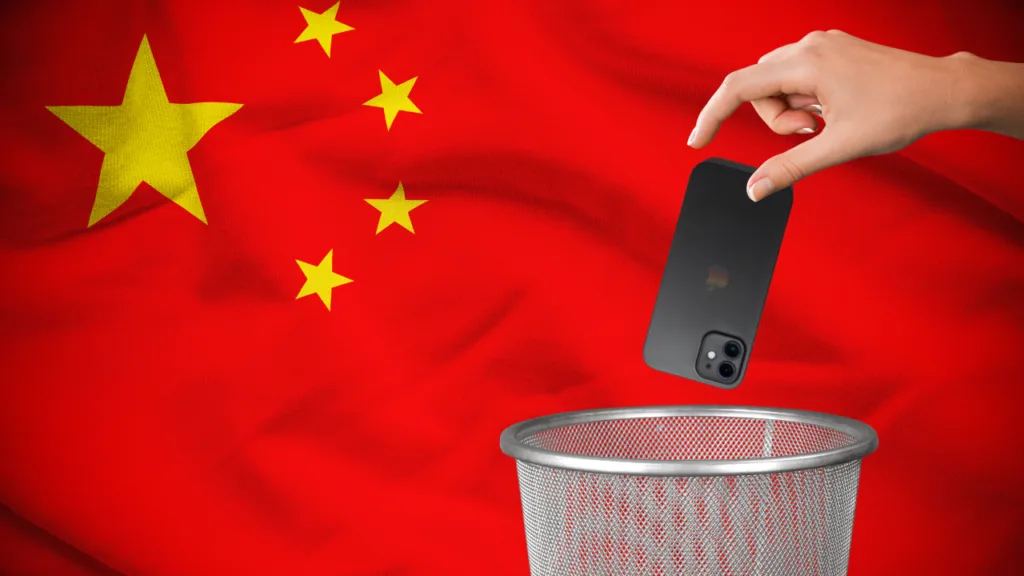China’s smartphone market, the world’s largest, delivered a seismic shift in 2024 as Apple faltered against surging domestic rivals, according to a new Canalys report. The market grew modestly by 5% year-on-year, but the real story lies in Apple’s dramatic 25% fourth-quarter plunge—a stark contrast to Xiaomi’s 29% and Huawei’s 24% gains in the same period.
The iPhone maker, once the market leader, now trails local powerhouses scrambling to capture tech-savvy consumers with cutting-edge innovation and aggressive pricing.
The final quarter of 2024 marked a tipping point. Apple’s market share plummeted by 25% compared to Q4 2023, its steepest decline in China in over a decade.
Analysts point to Huawei’s blockbuster Mate 60 series—powered by its breakthrough Kirin 9000S chip—and Xiaomi’s premium yet affordable Xiaomi 14 lineup as key disruptors.
“Chinese consumers are increasingly prioritizing value-for-money and homegrown tech sovereignty,” said Canalys analyst Toby Zhu. “Apple’s incremental hardware updates and premium pricing no longer resonate as strongly.”
For the full year, Apple’s struggles deepened, with a 17% drop in market share. Meanwhile, Huawei’s 37% surge underscored its remarkable rebound after years of U.S. sanctions.
The Shenzhen-based firm reclaimed its footing with a dual strategy: dominating the premium segment with its Mate series while flooding the mid-range market with its budget-friendly Nova line. Xiaomi, bolstered by its ecosystem of connected devices and competitive pricing, secured third place, narrowing the gap with Apple.
Why Apple is Losing Ground
- Huawei’s 5G Breakthrough: Huawei’s return to 5G smartphone production, despite U.S. restrictions, has reignited patriotic buying. Its Mate 60 Pro, featuring a domestically produced 7nm chip, became a symbol of China’s tech resilience.
- Price Wars: Xiaomi and Honor undercut Apple with flagship-tier specs at half the price. The iPhone 15 series, starting at ¥5,999 ($830), struggled against Xiaomi’s ¥3,999 ($550) flagship.
- Ecosystem Lock-In: Huawei’s HarmonyOS and Xiaomi’s HyperOS have created sticky ecosystems spanning smartphones, cars, and smart homes—areas where Apple’s slower adoption of AI and foldables has left it playing catch-up.
Apple now faces a critical juncture. While it retains a loyal base in China’s megacities, Canalys warns that its “aspirational appeal” is eroding in lower-tier cities where local brands dominate.
To regain momentum, analysts urge faster innovation—particularly in AI features, foldable designs, and partnerships with Chinese app developers.
“The market is no longer about who has the best camera or chip,” said Shanghai-based tech analyst Mei Chen. “It’s about who can integrate AI, affordability, and national pride. Apple needs a China-specific strategy—fast.”
As Huawei and Xiaomi eye global expansion, Apple’s stumble in China serves as a cautionary tale: in the world’s most cutthroat smartphone arena, even giants can’t afford complacency.
